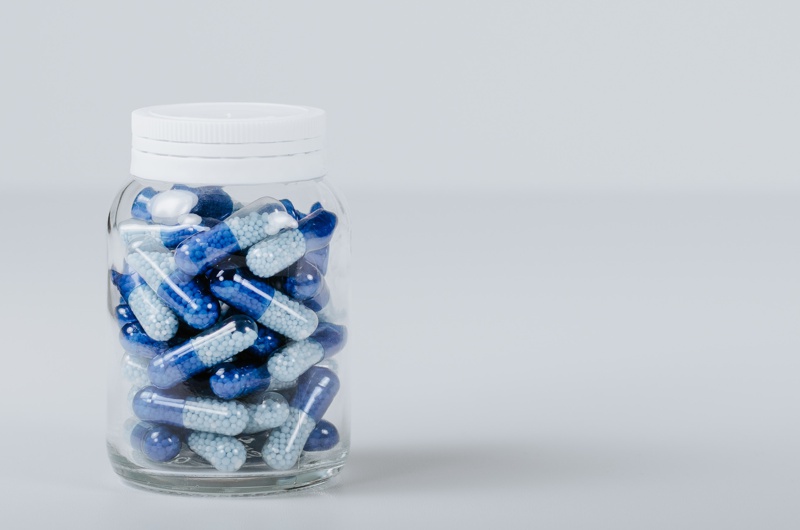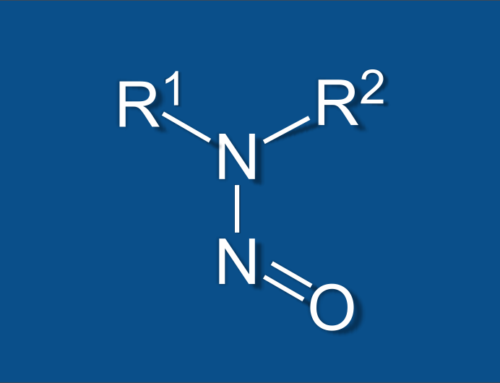Updated: Click here for details on Nucro-Technics’ approach to nitrosamine testing.
Nitrosamine impurities have recently become a very important topic in the world of pharmaceuticals. Ever since unacceptable levels of this probable carcinogen were detected in common drugs (including angiotension II receptor blockers, Zantac, metformin), regulatory authorities have recognized the need to reduce this risk and educate others on the matter. At the beginning of September 2020, the FDA issued a new guidance document for the Control of Nitrosamine Impurities in Human Drugs. The recommendations provided in this guidance apply to chemically-synthesized active pharmaceutical ingredients (API), and drugs containing chemically-synthesized APIs.
Root Causes
The FDA performed a detailed analysis of API synthesis, and discovered that nitrosamine impurities can be introduced by common synthetic pathways. Nitrosamines are formed in the presence of amines and nitrite salts, under acidic conditions. Amines may be present in starting materials, reagents, catalysts, API, and API intermediates. Nitrite impurities can also be found in a large range of commonly-used excipients and materials, including potable water. Nitrosamines have been detected due to contamination of vendor-sourced materials, and it has been revealed that levels of N-nitrosodimethylamine (NDMA) increase with storage time.
Risk Assessment
It is advised that API and drug product manufacturers perform risk assessments of not only products that are pending applications, but also approved or marketed products as well.
Certain drugs may become higher priorities for risk assessment based on factors; such as maximum daily dose, duration of treatment, therapeutic indication, and number of patients treated. It is a requirement that manufacturers conclude the risk assessment of their drug products within 6 months of publication of this guidance (February 2021).
Confirmatory Testing
Confirmatory testing is required if there is a risk for the presence of nitrosamine impurities. If the levels of nitrosamines are above the acceptable intake (AI) limits provided by the FDA, then the root cause must be identified, and changes must be implemented in order to reduce or prevent the presence of these impurities. This confirmatory testing must be concluded within 3 years of publication of this guidance (September 2023).
How Nucro-Technics Can Help You
Here at Nucro-Technics, we have significant experience conducting confirmatory testing for the presence of various nitrosamines in drug products. We have developed methods for dozens of products and have quantitatively tested thousands of samples to ensure that product is within its allowable limits. We have vast experience in developing methods for custom nitrosamines (ones that are not necessarily cited in regulatory guidelines). Our validated mass spectrometry-based methods typically have limits of quantitation in the low ppb range, a criterion that allow Nucro-Technics to detect the low allowable intake limits recommended. We can help ensure that you meet the requirements set by regulatory authorities, and that your product is safe for use by the public. Because everybody’s needs are different, it is easiest to reach out to us for further information or click here to learn more about Nucro-Technics’ complete range of Mass Spectrometry testing services.



